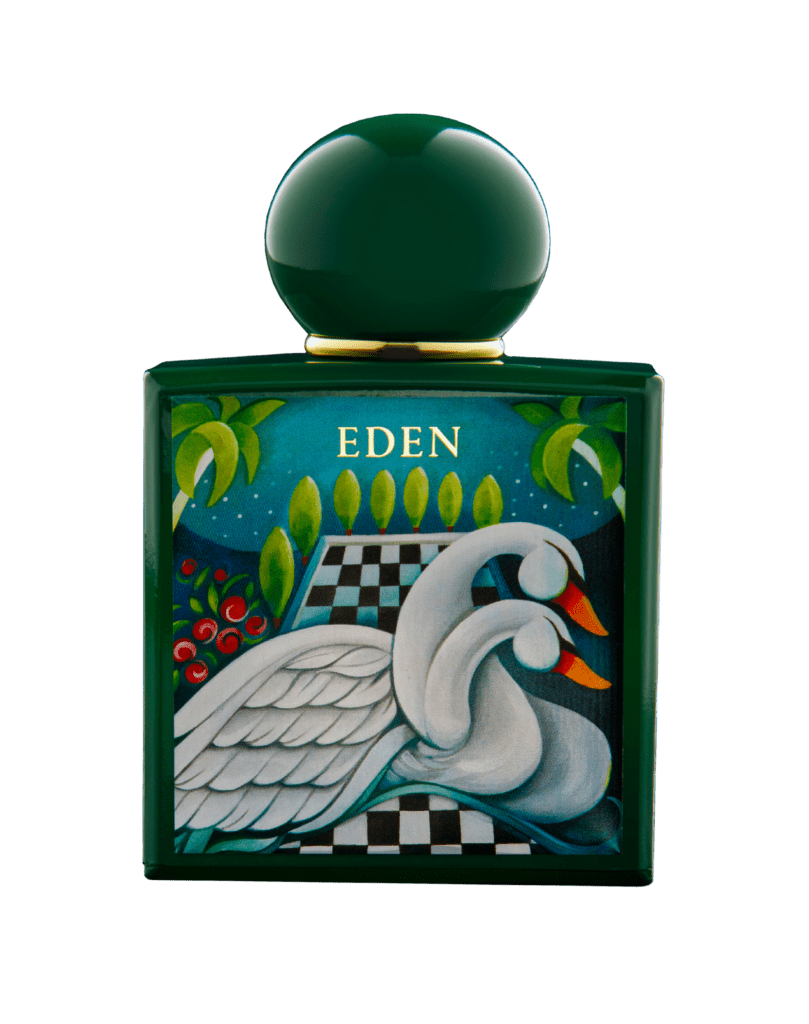Clifton
Top Notes:
Cardamom, Fig, Peach
Heart Notes:
Sandalwood, Orange Flower, Orris
Base Notes:
Cedarwood, Amber, Vetiver, Tonka, Vanilla
Cardamom, Fig, Peach
Heart Notes:
Sandalwood, Orange Flower, Orris
Base Notes:
Cedarwood, Amber, Vetiver, Tonka, Vanilla


















